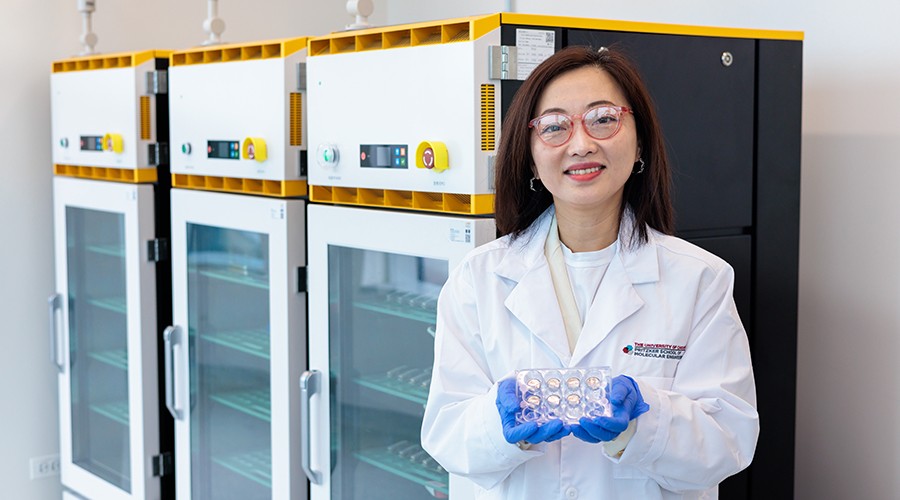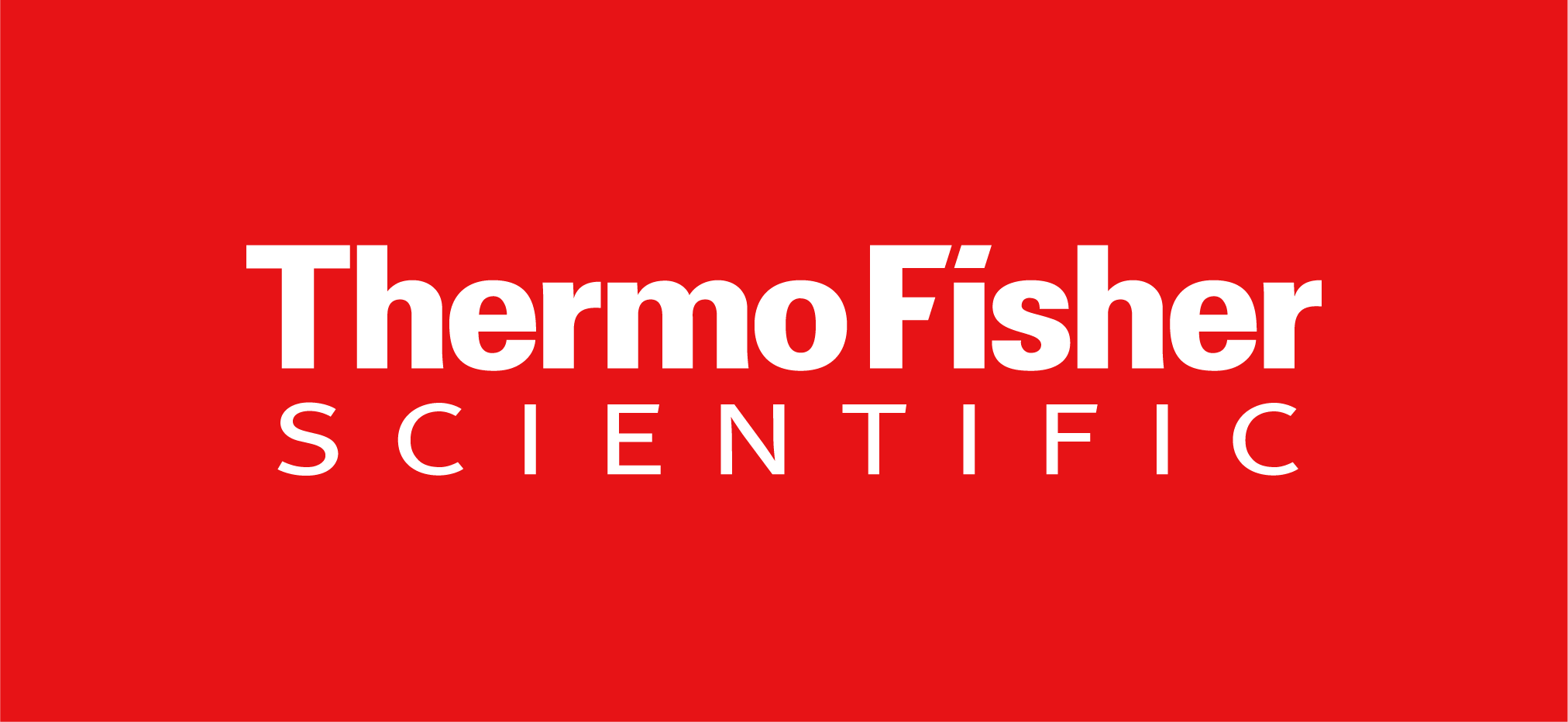By Paul Dailing
Guest Contributor
 UChicago PME Prof. Shirley Meng, the Liew Family Professor in Molecular Engineering
UChicago PME Prof. Shirley Meng, the Liew Family Professor in Molecular Engineering
A new paper published in the journal Joule from Meng’s Laboratory for Energy Storage and Conversion and co-authored with industry partner Thermo Fisher Scientific broke through that barrier, demonstrating that improving the metal’s texture greatly improved performance.
“In our work, we discovered that adding a thin layer of silicon between lithium metal and the current collector helps create the desired texture,” said UChicago PME Research Assoc. Prof. Minghao Zhang, the first author of the new work. “This change improved the battery’s rate capability by nearly ten times in all-solid-state batteries using lithium metal.”
‘Tweaking the texture’
The ideal texture for a battery anode is one where atoms can quickly move along the surface plane. This fast movement helps the battery charge and discharge faster.
“We realized that differences in soft metal’s surface energy can really change the way it’s textured,” Zhang said. “Since batteries with lithium or sodium metal rely on these textures for favored rate capability, the team wondered if tweaking the texture of soft metals could improve power densities.”
Researching this required getting past a hurdle in microscopy. To study the material, the group coupled milling within plasma focused ion beam-scanning electron microscope (PFIB-SEM) with electron backscatter diffraction (EBSD) mapping. Together, the two techniques were able to study texture in new ways.
Thermo Fisher’s PFIB-SEM is an electron microscope that can cut the materials open in very high-definition (nanometer-to-atomic scale) cross-sections so that texture information can be collected by EBSD, which is a technique that uses diffraction to study the crystal orientation, or texture, of materials. It requires a very high-quality, flat surface to take its reading.
 Zhao Liu, Ph.D., senior market development manager at Thermo Fisher Scientific
Zhao Liu, Ph.D., senior market development manager at Thermo Fisher Scientific
The researchers’ next challenge is to lower the pressure used during testing from 5 megapascals (MPa) to 1 MPa, the current industry standard for commercially available batteries. Pressure is needed to charge and discharge a battery, however, higher pressure makes the battery bulkier and heavier.
The team also plans to study the impact of texture on sodium, which Meng has long studied as an inexpensive, readily available alternative to lithium.
“Because we now understand how the texture forms in soft metals, we predict that sodium metal prefers to have texture for fast atomic diffusion,” Zhang said. “This means that using sodium as the battery’s anode in all-solid-state batteries could lead to a big breakthrough in future energy storage.”
Citation: “Grain selection growth of soft metal in electrochemical processes,” Zhang et al, Joule, February 10, 2025. DOI: 10.1016/j.joule.2025.101847
Funding: This work is funded by the Energy Storage Research Alliance “ESRA” (DE-AC02-06CH11357), an Energy Innovation Hub funded by the U.S. Department of Energy, Office of Science, Basic Energy Sciences. The solid-state battery with Si seed layer design was funded by the LG Energy Solution through Frontier Research Laboratory (FRL) program. PFIB-SEM data collection at Thermo Scientific Americas Nanoport electron microscopy facility was supported by the funding and collaboration with Thermo Fisher Scientific on Advanced Characterization of Energy Materials.
This story originally appeared on the University of Chicago Pritzker School of Molecular Engineering website.

